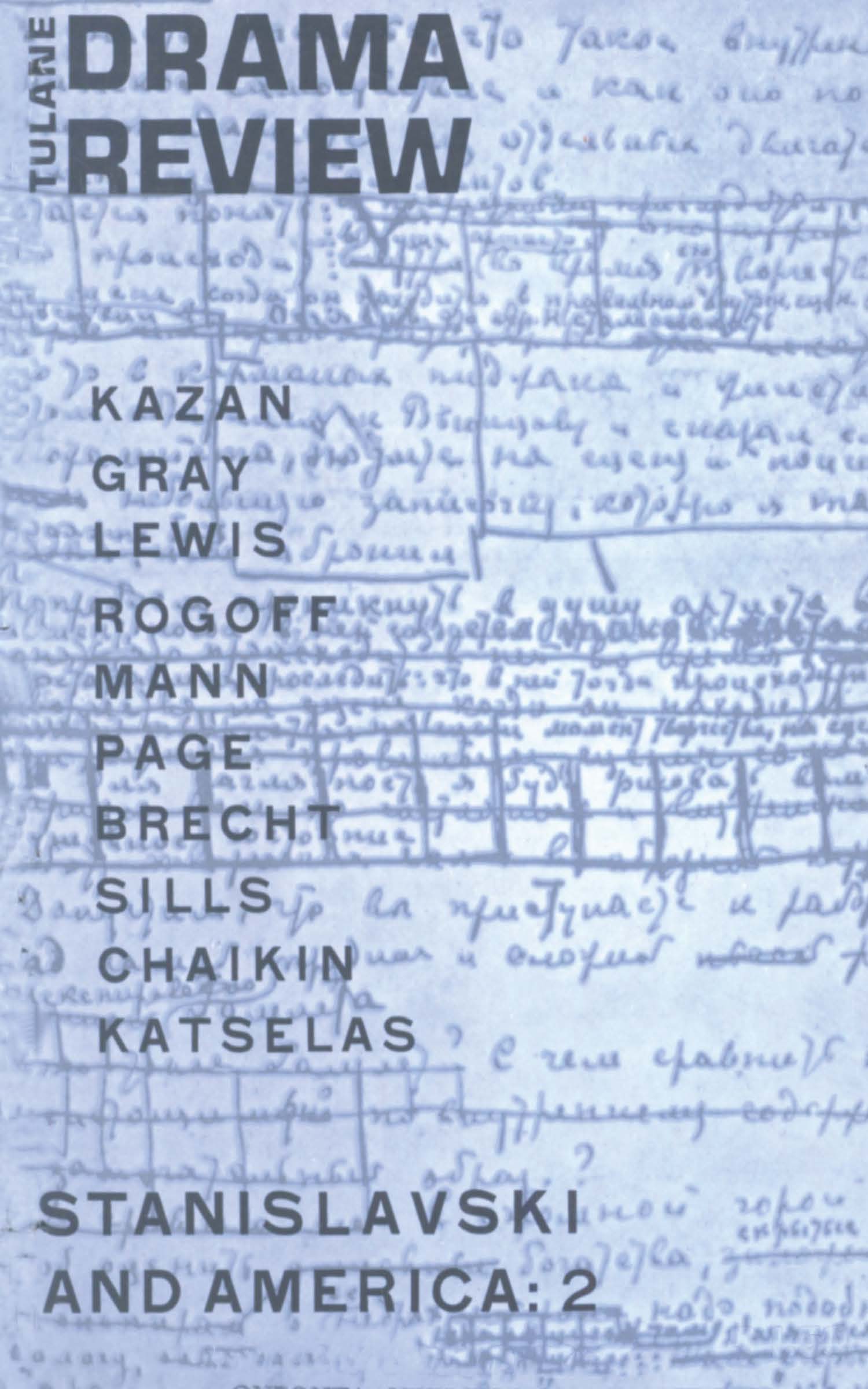Article contents
Strength and Weakness in Arthur Miller
Published online by Cambridge University Press: 23 November 2021
Extract
Arthur Miller's introduction to his Collected Plays (New York, 1957) is one of the major documents of American theatre. It reveals an eminent playwright having struggled to understand and perfect his craft. It shows him eager to use the theatre to express his evolving ideas. It shows his strengths, and also his weaknesses.
The foremost asset Arthur Miller possesses as a playwright is his knowledge that the theatre must dedicate itself to public matters. He has an acute sense of his audience as persons to be addressed, never merely spectators to be tolerated. “A play,” he writes, “ought to make sense to common-sense people … the only challenge worth the effort is the widest one and the tallest one, which is the people themselves.”
His writing, although it usually has an axe to grind, does not attempt to startle society with new ideas. Indeed, he does not believe that the theatre can promulgate entirely new ideas, because it must gather the assent of its audience as it moves along, and this is impossible with the radically new.
- Type
- Research Article
- Information
- Copyright
- Copyright © The Tulane Drama Review 1960
References
Notes
1 The Theatre in Our Times, New York, 1954, p. 347. Author's italics.
2 The Dramatic Event, New York, 1954, p. 92.
- 2
- Cited by


